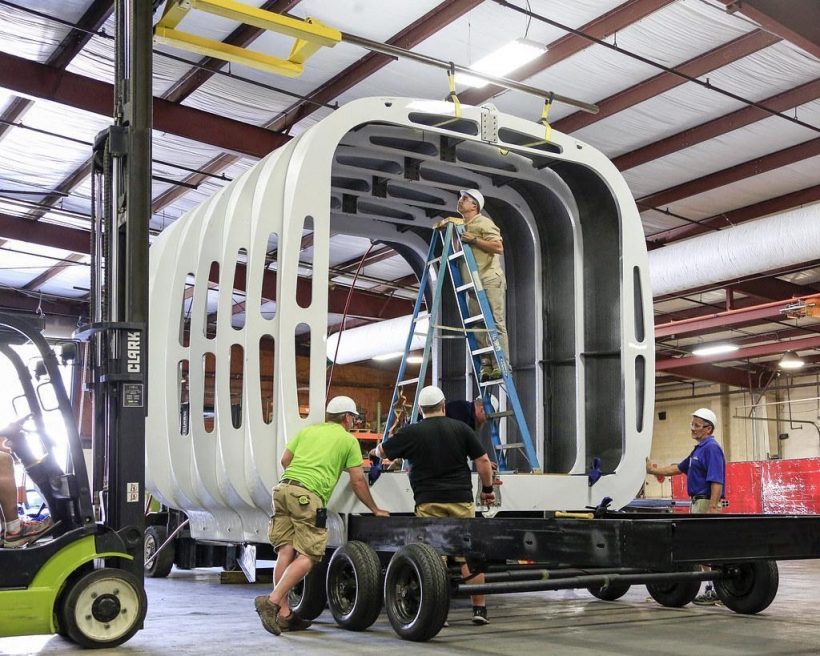Wondering what impact 3D printing has already made (and continues making) on the development of the automotive industry? The answer is further! Read more!
Although ordinary people won’t be able to purchase a 3D-printed car at traditional dealership companies in the nearest future, 3D-printing technology continues to be an essential part of the design process for vehicles. However, starting from 2019 we witness 3D-printing implementation cases gain momentum throughout the automotive industry.
3D printing continues unlocking a big scope of manufacturing opportunities for every kind of automotive engineering, particularly in suspension engineering. Check out more at Engre.co – engineering marketplace and read more about Nissan’s story of success when using 3D-printed technology for the automotive industry.
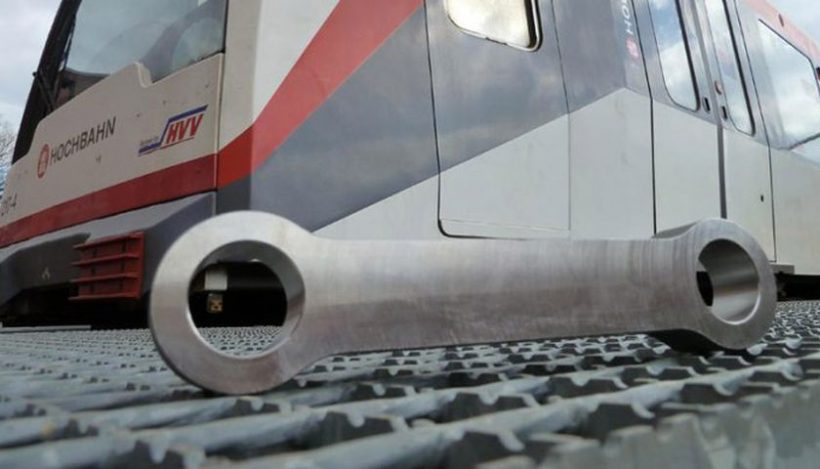
This design solution becomes more and more problem-solving and affordable, with even small businesses and startups able to bring 3D-based production in-house to assist procedures on the factory floor.
Innovative resilient materials are giving additional opportunities for developing super functional 3D prints which can substitute end-use components and suggest more powerful customization options and unbelievable performance and that is just the starting point!
In this article, discover several ways 3D-printing technology is cherishing innovation across the automotive industry.
Influence of 3D-Printing on Car Design
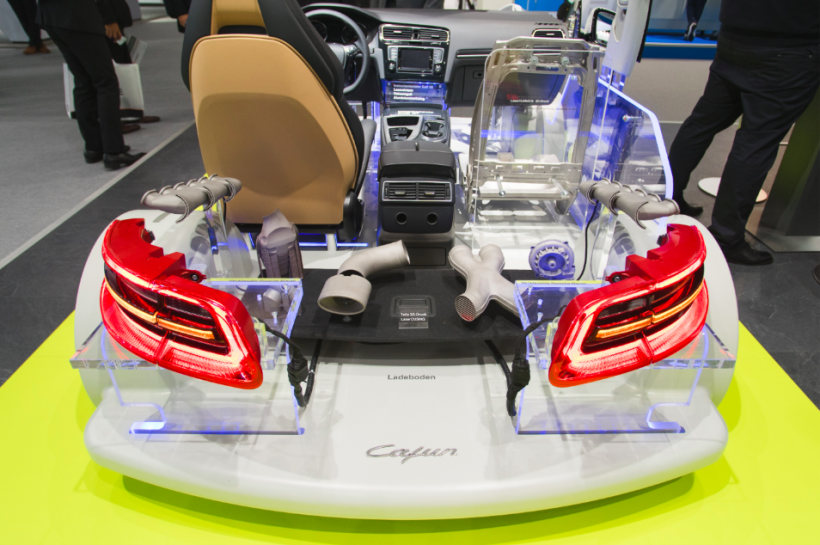
Starting from 2019, in the automotive industry, 3D-printing technology has been primarily implemented by automotive engineers to develop prototypes to evaluate their shape and features.
Earlier, the first solution for designing car components was binder jetting as well as selective laser sintering. They enabled engineers to build aesthetically appealing elements, but they were technically fragile, so their lifecycle was short.
To cope with that challenge, engineers started using a more reliable solution for automotive 3D printing. For instance, starting from 2024, fused filament fabrication became the leader in 3D printing. Among the strong sides of this solution is that it is perfect not only for the creation of prototypes but for end-use structures!
When it comes to statistics data, currently, the automotive engineering market is getting filled with a wide range of big and smaller businesses that use the above-mentioned solution, so the competition there is extremely high. The industry experts predict that the use of this technology will reach approximately 18 billion US dollars by the end of 2024.
The use of 3D-printing materials by the automotive industry will gain about 600 million US dollars by 2024.
Designing More High-Performance and Complex Parts
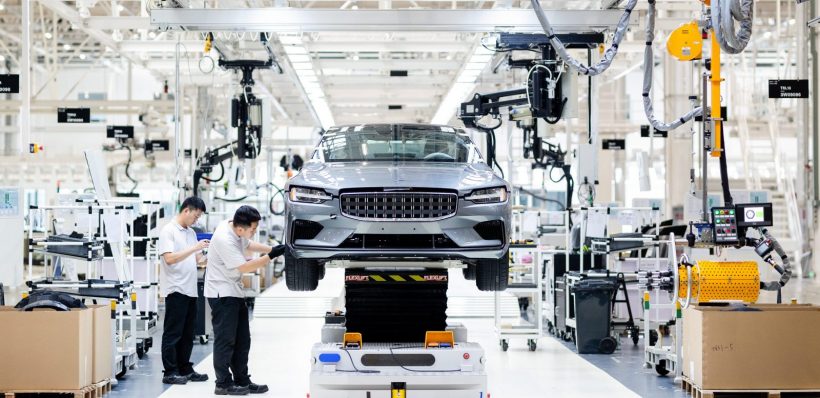
Presently, 3D-printing technology is not only limited to combining with traditional manufacturing methods but suggests the option called mass personalization services. This is when clients personally use 3D printing for their automobiles, leading to providing them with total control over design.
Such an opportunity became real due to extremely innovative software recently released by Twikit. Their customization software has enabled MINI (British car manufacturer) to introduce mass personalization services.
Clients can individually design outer/inner parts of their automobiles with the help of numerous images, patterns or fonts, and evaluate their design by implementing 3D visualizations. To make this solution resilient for the market, the cost-minimizing due to modular 3D-printed parts have made this kind of personalization publicly affordable.
3D-printing technology has also made it possible to produce car components that could not be manufactured by any other method. The ideal example of that is considered the eight-piston monoblock brake caliper developed by Bugatti.
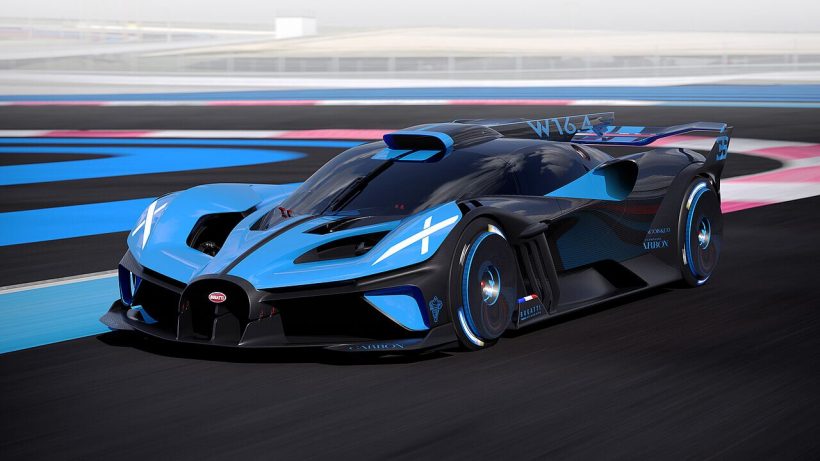
As a rule, Bugatti prefers using titanium to design certain parts because this material is proved to have high-performance features. However, processing this metal with traditional approaches is challenging and expensive. The implementation of 3D printing not only allowed them to manufacture the caliper at the required sizing but brought its efficiency to a higher level, strongly decreasing the part’s weight.
Spare parts have always been a problem for the automotive industry. As far as the requirement by nature is considered quite unpredictable, the value of manufacturing spare components gets a disputable financial decision. The product cost gets critical as well as repairs become more complicated if engineers have no readily available spare parts.
In case automotive engineers implement 3D printing, designs for all components can be preserved as a digital copy. This option makes manufacturers get rid of inventory storage. With the more and more widespread use of benchtop 3D printers, engineers can potentially produce a certain spare part in-store upon client request.
The accessibility of this innovative option will encourage suppliers to deliver new opportunities to guarantee a simple supply procedure of 3D-printed spare parts and other elements. Moreover, components/structures that don’t exist anymore can conceivably be remade upon request with the help of the reverse engineering concept centered around specific digital scans of already existing elements.
Simplifying Car Components
One of the greatest challenges for common manufacturing techniques is the constraint to the flexibility when it comes to developing car parts. Consequently, one component usually demands a big number of additional elements. This challenge lies in the situation that every new component requires a more complex assembly practice.
3D-printing technology ensures manufacturers execute complicated designs that need fewer elements to develop these car constituents. As a result, companies can reduce the assembly period as well as minimize quality troubles.
Reducing Weight to the Highest Extent
Due to the global trend called sustainability, automotive engineering companies are doing their best to optimize fuel efficiency. They are also making these efforts to increase revenue it generates when representing value to clients. Weight reduction strategy is the best way to follow to optimize car mileage.
3D printing enables automobile manufacturers to introduce modifications at a structural level of a certain component. When redesigning such components with the help of lattice structures, engineers never look for compromise its structural power that leads to tangible weight reductions.
The automotive industry has taken this practice from the aerospace sector.

Airbus implemented DMLS or direct metal laser sintering to improve the physical concept of nacelle hinge brackets used in the Airbus A320 model. The 3D-printed component appeared to be 67% lighter than its counterpart. It also preserved performance and firmness.

